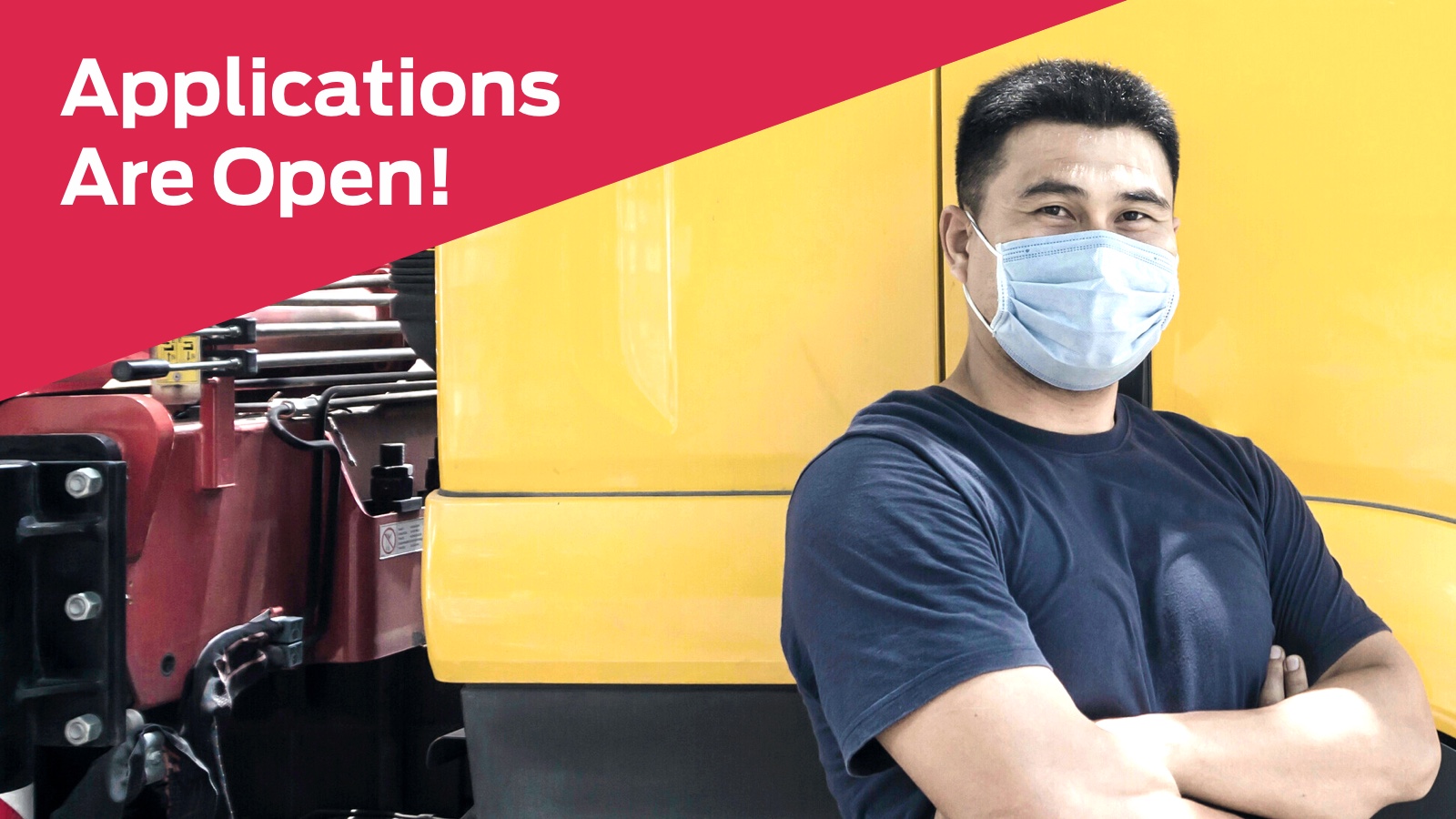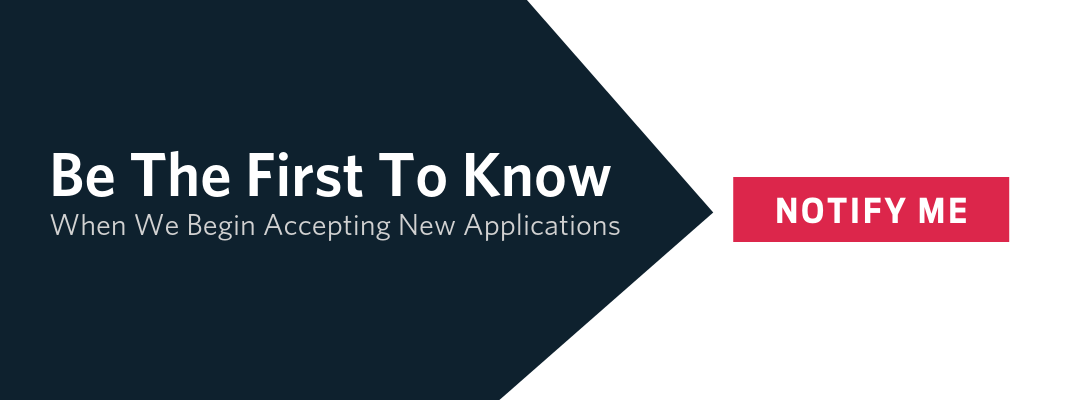The Summer 2020 cycle of The Innovation Fund is open now through August 17. We're giving cash prizes - from $75K to $150K - to early stage ideas that can improve worker health and safety.
Last week, we shared a preview of what The Innovation Fund's topic means. In case you missed it, read "Coming Soon - Early Stage Funding for Worker Health, Safety."
Who protects worker health and safety?
In our nation's history, most worker protections arose from workers making their voices heard and demanding better conditions, sometimes doing so for decades on end before seeing such protections made real in the law. For example, the Occupational Safety and Health Administration (OSHA) arose from "public outcry against rising injury and death rates on the job." Following the deaths of 146 workers in the Triangle shirtwaist factory fire on March 25, 1911, outraged organizers succeeded in passing New York state’s first workers' compensation law.
While there are a number of legislative wins we can point to in the 20th century, there remains much work to be done to enforce those rules, extend them to all workers who were intentionally excluded, and adapt them to fit the contemporary workplaces that dominate today. Not since the Family Medical and Family Leave Act of 1993 has the U.S. passed a national piece of legislation for workers. It's been over 30 years since Congress last addressed worker wellbeing, to say nothing of worker health and safety.
The pandemic has laid bare the inadequate protections and enforcement mechanisms we have in place today.
Workers can't wait any longer.
The ideas we're looking for
On The Innovation Fund page we provide a list of example ideas that might surface from this call for worker health and safety. Here is more detail about those ideas and what we’d like to see in our Summer 2020 call for applications.
Ideas for and from workers at the margins
Listening to workers is paramount. We must be intentional in seeking out the voices that have been relegated to the margins of our society, our economy, our politics: Workers whose voices go unheard, or worse, willfully ignored. What mechanisms can we create to lift up the everyday worker’s voice that we aren't hearing from in the public discourse? How do we collect and share their recommendations for creating safe workplaces? What about getting to/from work? Show us ideas that imagine how 21st century tools and technology can amplify worker concerns and improve worker health and safety.
Policy experiments
Government has a duty to act and an obligation to be thinking big in this moment. What new rules, programs, or incentives could a city, county, or state government put in place to guarantee worker health and safety? We want to see public sector leaders step forward. How can we help you experiment with an idea or explore the viability of a municipal ordinance or state policy?
Intersectionality
Specificity is important. When we talk about workers being excluded from the progressive gains of the 20th century, we’re talking about the ways race, gender, ability, and sexual orientation were used to cast workers aside and further stratify the labor market. We’re talking about Black and Brown workers, women, immigrants, and indigenous communities. It is no accident that workers who don’t have the option to work from home, also disproportionately have health preconditions that make them vulnerable and have no safety net to lean on if they don’t work or if they get sick. Can we solve problems of unsafe work practices and unhealthy work environments across all groups? Be specific about why you’re focused on any particular group and why innovation is important based on that group’s experiences in the labor market.
Multi-stakeholder partnerships
How can collaborations share cost and coordinate efforts to guarantee worker health and safety? We want to see partnered approaches to ensuring that workers have tools, information, and outlets to access resources and take recourse for safer, healthier work. This can mean ideas from businesses, governments, worker leaders, or partnerships among them.
Special topics underrepresented in the innovation ecosystem
There are some areas where we want to invite more innovation. We especially invite innovators of color and ideas for or by folks from indigenous and rural communities. Topically, applications focused on access to benefits or legal services or tools are also welcome.
Two tiers of cash prizes for Summer 2020
For Summer 2020, we will award cash prizes for:
Three Pilot-Ready Winners at $150,000
Ideas ready to pilot will be eligible for $150,000. Innovators submitting applications for these ideas have begun the process of developing a product or service that is ready for pilot testing soon after the prize is awarded.
Three Early Stage Winners at $75,000
Early stage ideas are welcome. If you are still ideating, scoping out your potential solution, or are in the pre-pilot phase, this investment is to help you lay that groundwork for a future pilot.
Help is here
If you haven't applied for seed funding or a grant or incubator program like ours, we're here to help you. Below are the opportunities to connect with us in person (virtually!):
Attend a webinar
We'll host two webinars (7/29, 8/6) for interested applicants. You need only attend one. If you are unable to attend either one, register anyway. We'll send you a recording afterward to watch on your own. You can RSVP to a webinar here.
Visit us during office hours
This cycle, we will hold weekly office hours. Access one-on-one support to better understand the application process and explore your idea. Each Friday, starting July 31 and ending August 14, we’ll hold office hours from 9 - 11 am Pacific Time. Visit our calendar to schedule your 15-minute appointment.
Apply to The Innovation Fund
Applying to The Innovation Fund only takes a few steps. Here’s how it works.
Step 1: Prepare your application
Visit The Innovation Fund page to find the application questions (PDF). Look them over with your team in advance.
Step 2: Register your account on Award Force
If you’ve never applied before, you’ll need to create an account and answer a few basic questions. If you’re a returning user, simply log in and create a new application for the summer cycle.
Step 3: Complete the Open Call application
If you’ve looked over the application questions in advance and prepared your answers, filling in the application should take no more than 20 minutes. You can save as you go if you aren’t able to complete the full application in one sitting. The questions in this round give us a sense of the innovation you’re working on, how it addresses a critical problem facing workers, and more information on the workers you’re focused on.
Step 4: Finals
The first round of review will take a couple weeks. If you are invited to advance to the final round, you will be given a couple weeks to answer another set of questions on the budget, the team’s skills, and how you plan to assess challenges and share learning from the project.
Workers are waiting, so let's get going
The piecemeal and fractured public response to COVID-19 necessitates innovation now. Worker health and safety can't wait.
Without concerted and clear guidance from the federal government, communities, businesses, and workers nationwide have no choice but to come up with their own plans. Workers are fighting for their lives - and their livelihoods - during this pandemic.
Let's not let them down.
-Jun-06-2024-03-00-31-8398-PM.png?width=1800&height=1080&name=TWL%20Logo%201%20(1)-Jun-06-2024-03-00-31-8398-PM.png)


